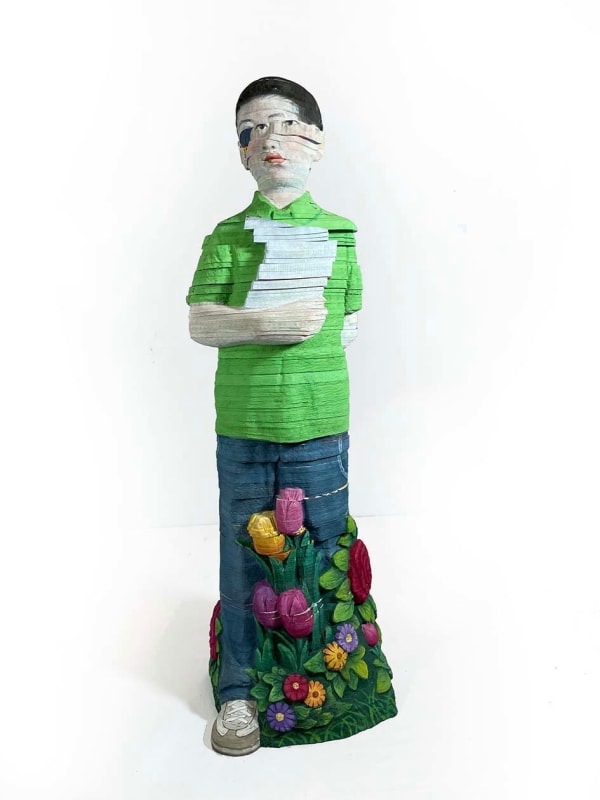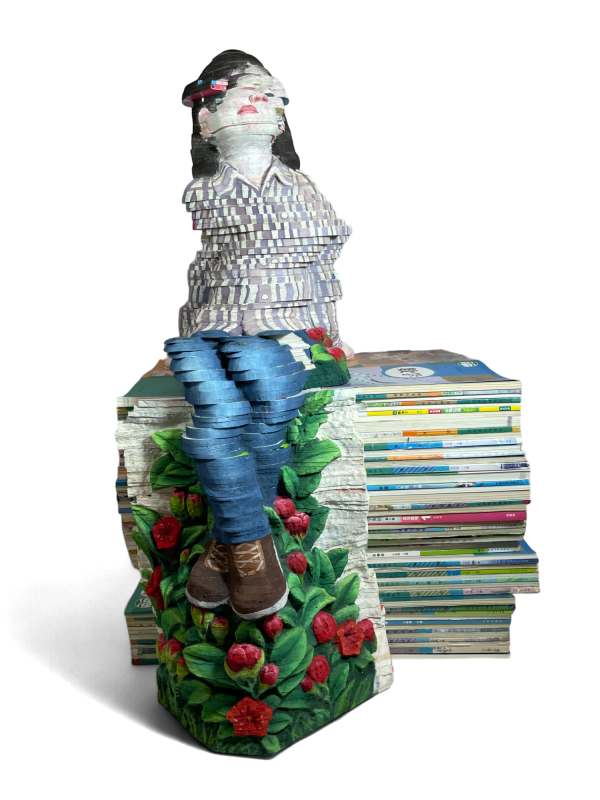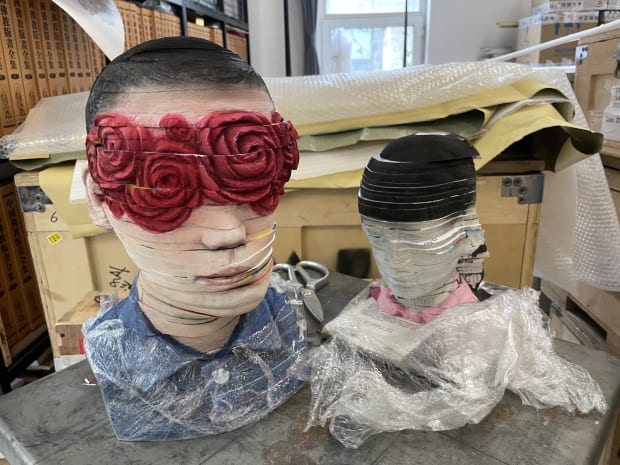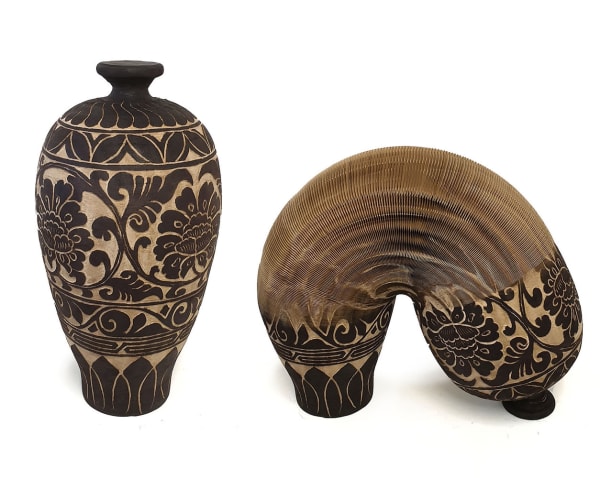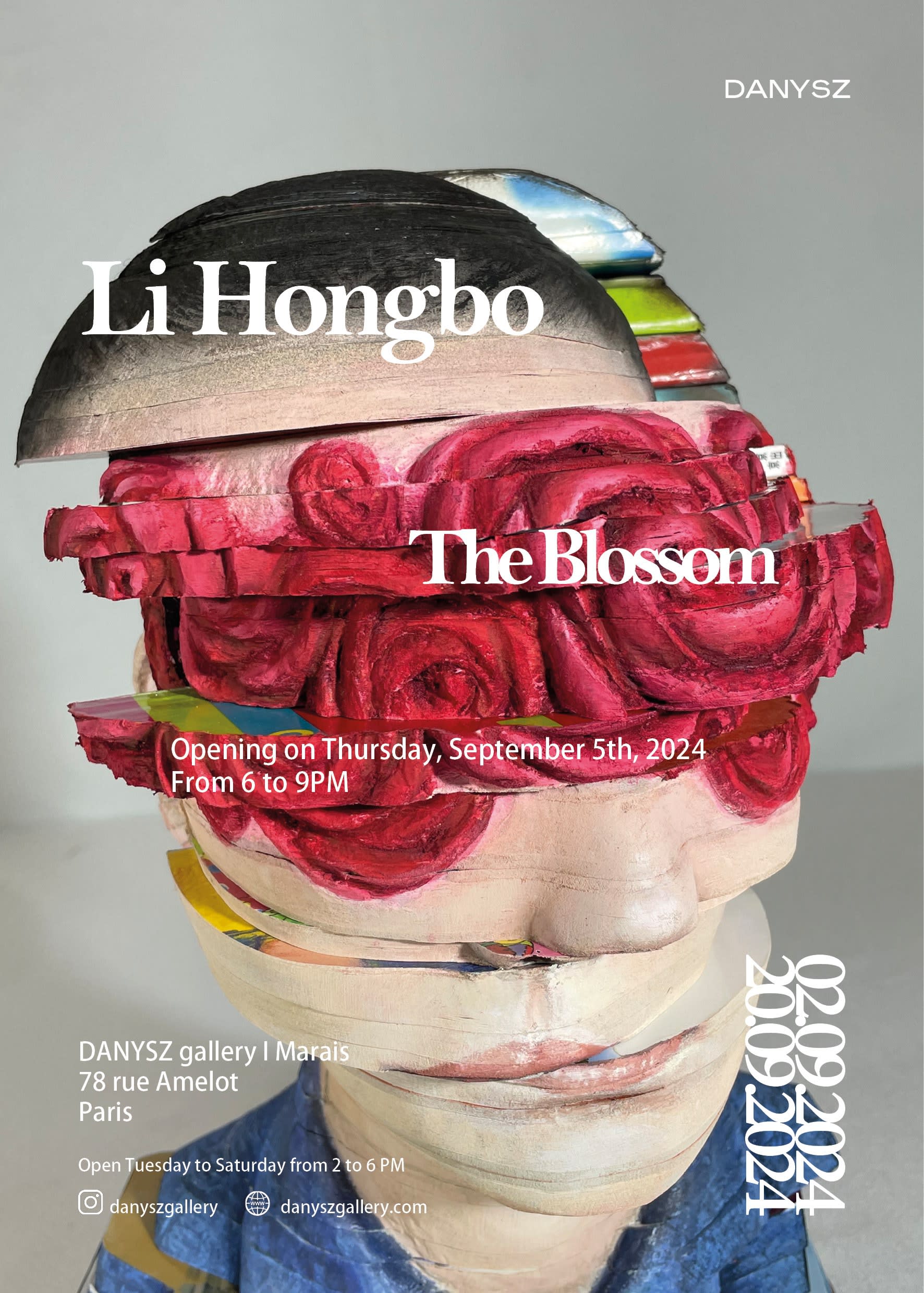-

-
-
-
-

-
-

-

-
-
-
“当人们看到一个盒子时,他们认为它是一个盒子。但实际上,它可以变成另一种东西。我想改变人们看待事物的方式,让他们以不同的方式、更深入地思考。”
-
之前的作品
-
-

-

-
Interview with Li Hongbo
-
What is your relationship with paper?
"My years of experience in printed book publishing have given me a special affection for paper."
I have gained an in-depth understanding of the different properties, structures, and textures of paper. Moreover, China is the birthplace of handmade paper. Historically, paper has been an important decorative material in daily life, and paper cutting is a technique that many Chinese people can perform, bringing beauty and joy to people. In Chinese popular paper crafts, there is infinite wisdom from ancestors, who imagined limitless structures, textures, and properties of paper. During times of scarcity, its portability, utility, visual appeal, and decorative qualities have facilitated people's lives. It is this ancient wisdom that has influenced me, and I also hope to try expanding the language and functions of paper.
-
What importance do books have for you? What do they symbolize?
"In today’s world (except in particularly underdeveloped areas), everyone is familiar with books. Books are an important means of acquiring knowledge."
The books we have access to can be understandable or not, specialized or for leisure... all provide information that enriches or alters our thinking. There are many books published around the world, but for me, there are three categories of books that concern me: on one hand, educational system books, such as textbooks and auxiliary materials; on the other hand, books freely obtained to acquire knowledge or achieve certain goals, not imposed by an institution; and finally, books that I have contributed to publishing. These three categories of books are tools for transmitting knowledge, enriching my pathways of reflection and understanding.
-
How do you see the role of the artist in transmitting culture and ideas?
"This is a difficult question to answer. Artists attempt to convey culture and ideas through their works, but knowing whether these works are understood by the public is uncertain."
Explicit works may lack interest and value, while deep works may be difficult to understand. Each person with a different cultural background and life experience may misinterpret unarticulated works, but these mistakes can also lead to unforeseen problems, creating new cultures and ideas. Whether the public accurately understands the culture and ideas the artist wishes to convey, or whether interpretative mistakes generate new cultures and ideas, both outcomes are positive. I often compare artworks to bridges, connecting the public and the artist to achieve mutual understanding.
-
Why did you choose to paint the sculptures in color for this new series?
What is the significance of colors compared to the white you primarily used before?
All elements of a work depend on the questions expressed. In the previous series “Educational Tools,” white was used because educational tools are generally made of plaster. To better restore the visual reality, I chose white paper. For this exhibition, I wanted to express the energy and youth of adolescents, as youth is colorful.
-
You titled the exhibition “Flower Season,” why? What does this season mean to you?
"In China, to describe young people, it is often said that they are at a “flowering age,” meaning beautiful, radiant, and full of energy."
It is also a wish for youth and beauty. It is also a seasonal symbol: spring is the flower season, representing the beginning of the year and hope. Spring is also a key time in agricultural societies, a season for sowing, and the type of seed one plants determines the fruit one will harvest.
《花季》, -
Welcome to our new website
We are glad to present you with our new website. Designed as a tool for more dialogue and discoveries around the artists we love, represent and support. We would be glad to hear from you about the parts you prefer and the ones you’d wish us to add. Certain time call for action, and we believe these will also call for more sharing and things done together. Do not hesitate to contact us so we can keep on growing… together.
* denotes required fields
We will process the personal data you have supplied in accordance with our privacy policy (available on request). You can unsubscribe or change your preferences at any time by clicking the link in our emails.



